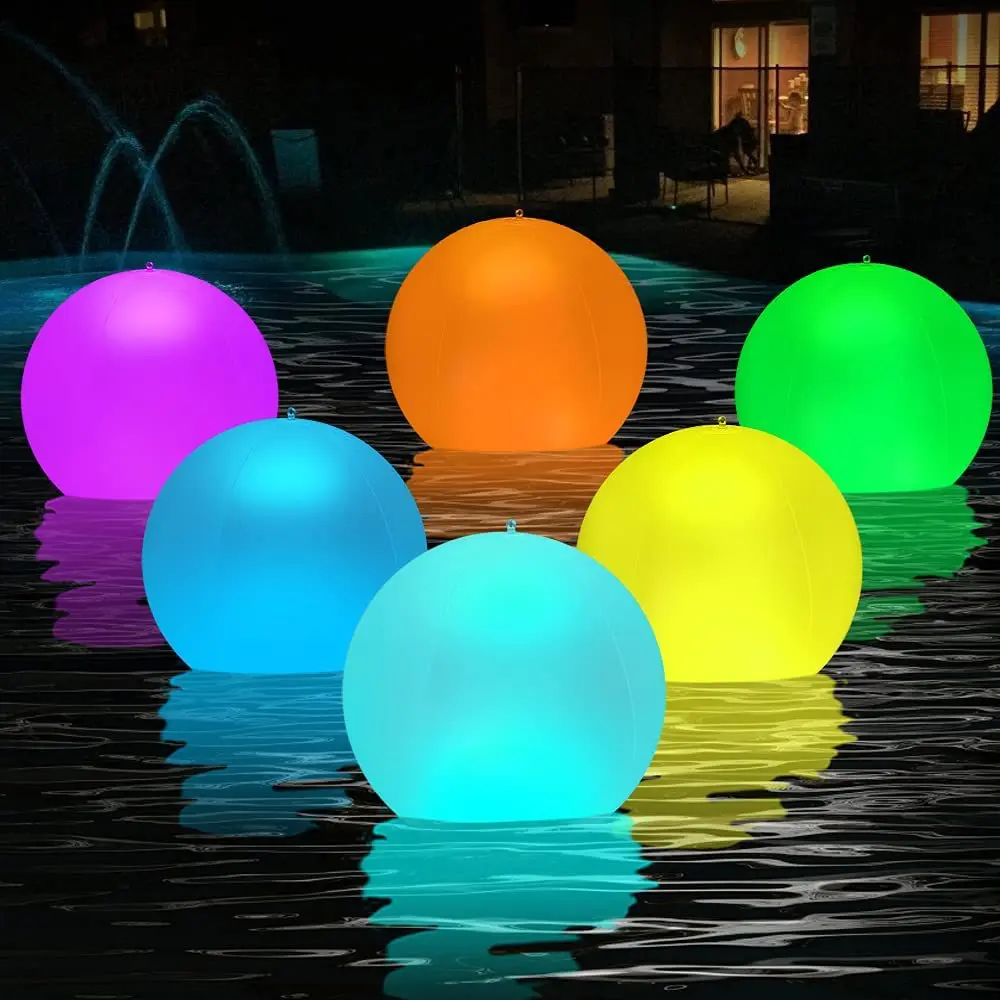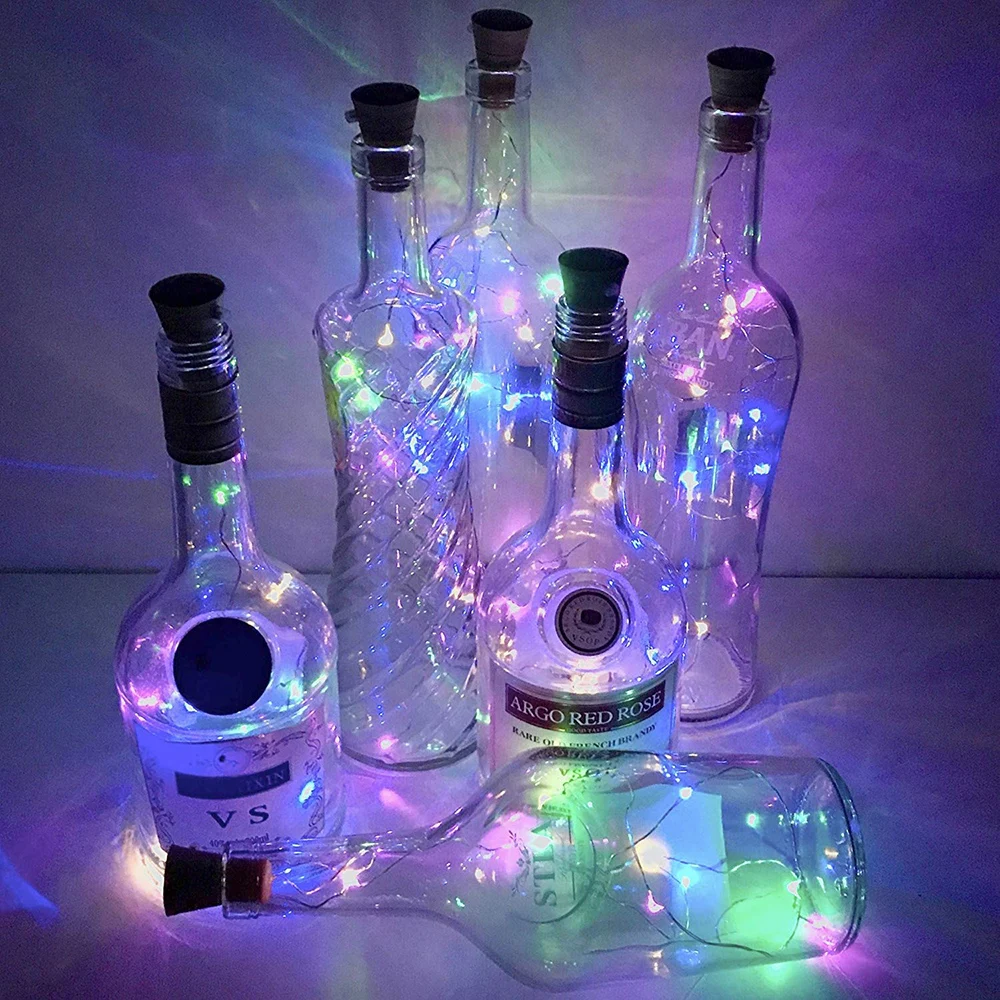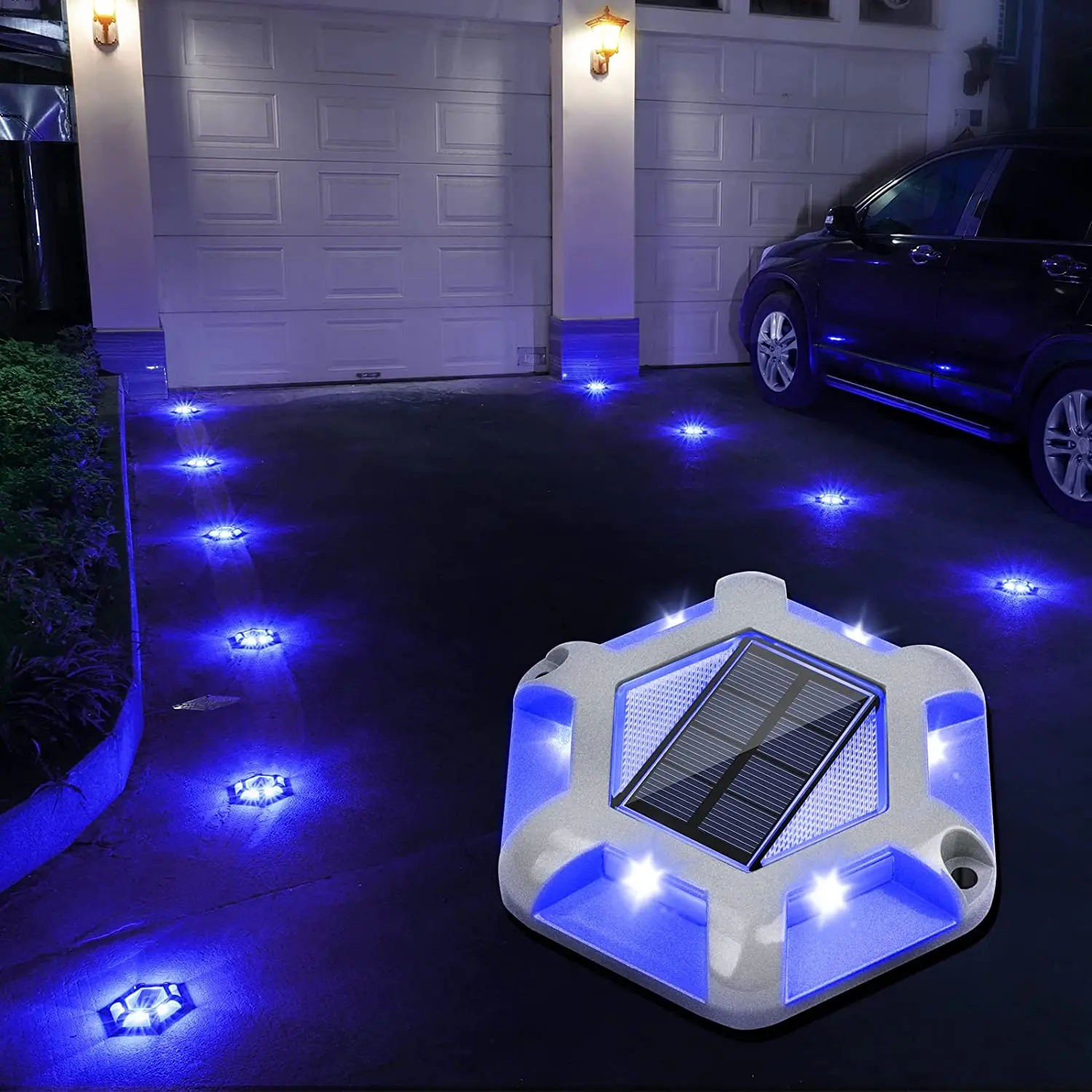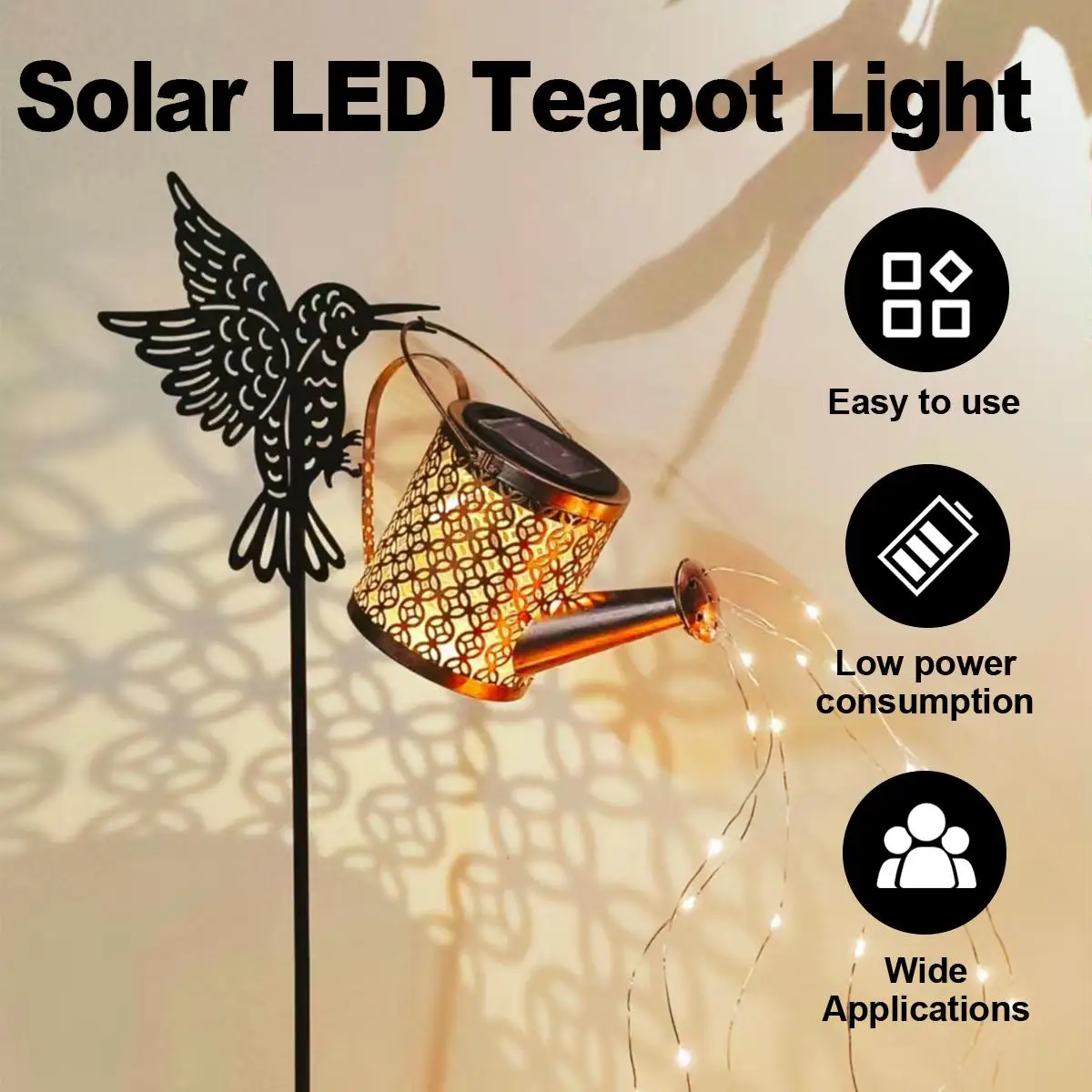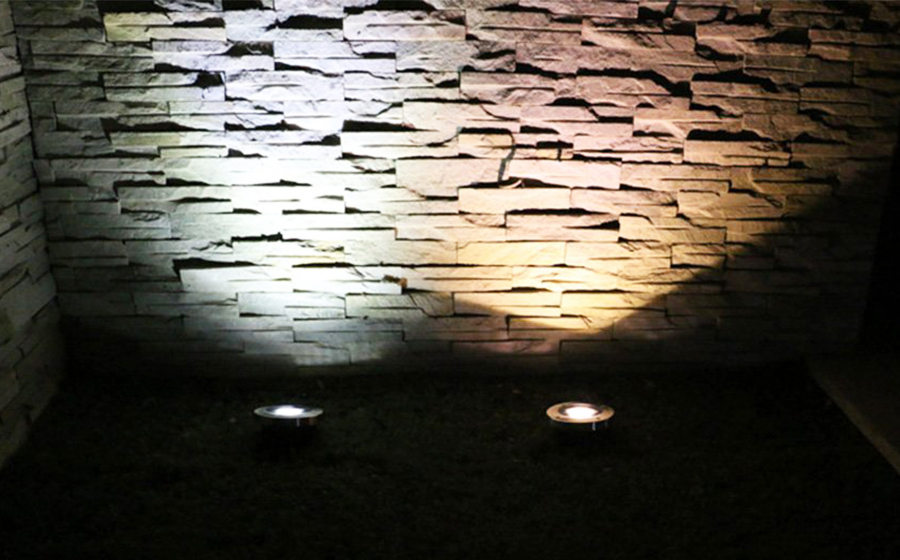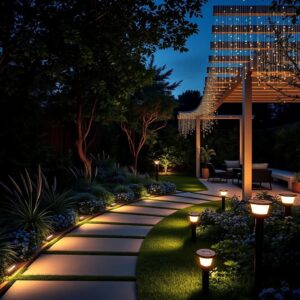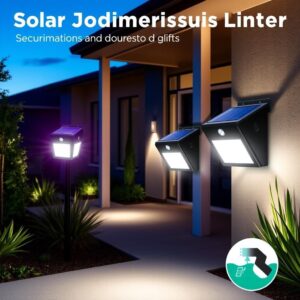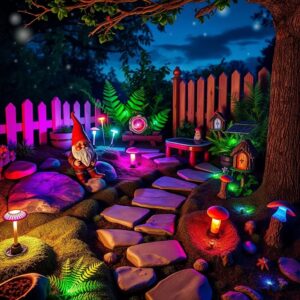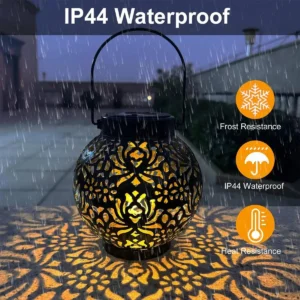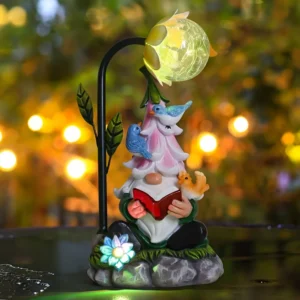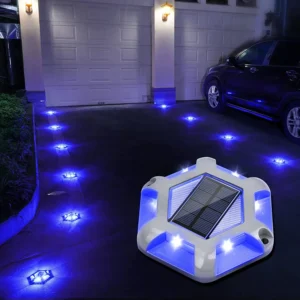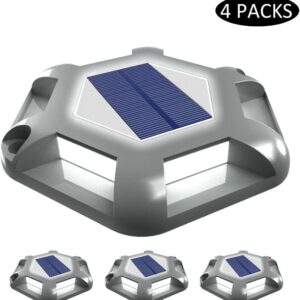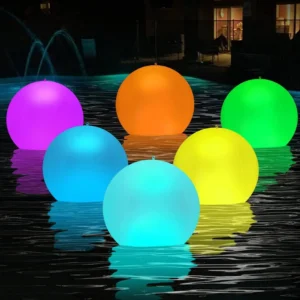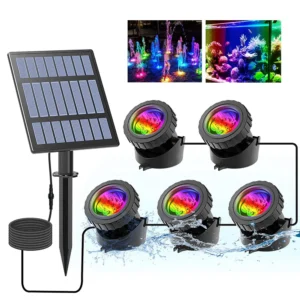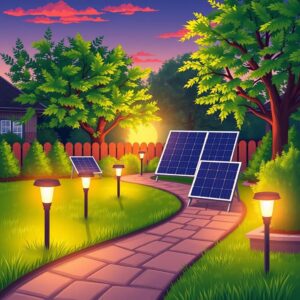Solar Gnome Light – Eco-Friendly LED Garden Decor
Introduction
Understanding the Question: “Do solar lights need direct sunlight?”
Let’s get straight to it—when people ask if solar lights need direct sunlight, what they’re really asking is: “Will my lights actually work if my yard sees more shade than sun?” or “Is it worth trying solar in a cloudy climate?” There’s a lot of back-and-forth on this. Some folks swear solar lights fail the minute the sun ducks behind a cloud. Others think any sliver of daylight is enough. So what’s the real deal?
This article is here to clear things up—no jargon, no sales pitch. We’ll strip away the myths, lay out the simple facts about how solar lights work, and share easy, no-fluff advice to help you get the most out of your setup. The goal? You’ll walk away knowing exactly what to expect and how to fine-tune your garden so those solar fixtures deliver their best.
Whether your solar lights are classic path markers, lanterns, or those neat spotlights that turn a tree into an evening sculpture, you want to know: Can you count on them after sunset? What tweaks actually make a difference? And how much sunlight—direct or not—does it take to keep your nights bright?
Why Homeowners and DIY Enthusiasts Should Care
If you’re the type who loves a glowing backyard but hates tangled extension cords and big electric bills, this matters. Placing, maintaining, and even picking out outdoor solar lights isn’t just about ambiance—it’s about getting real value out of a sustainable option.
Smart solar light choices save time, energy, and money. A few minutes spent learning where and how to place your lights can mean the difference between a cozy glow at midnight and an empty flicker by ten. Put simply: the right solar setup cuts hassles, lights your way (literally), and lets you enjoy your yard long after dusk.
Bonus? Every solar light you use is one less watt from the grid. That’s good news for the environment and your wallet. Whether you’re a seasoned DIYer or just dipping your toes into solar, understanding these basics means fewer headaches, a prettier yard, and a step toward greener living.
So let’s unlock what makes solar lights tick and how you can get them shining at their best—no matter what the weather throws your way.
Solar Ball Floating Light for Pool, Color Changing Remote Control
How Solar Lights Work: The Basics
Ever wonder what’s happening inside those little garden beacons as the sun goes down and your yard begins to glow? Solar lights look simple on the outside, but there’s a clever system at work under the shell—one that swaps wires, plugs, and high energy bills for a bit of daily sunshine.
Key Components of Outdoor Solar Lighting
Let’s break it down. At its core, each solar light relies on three essential ingredients:
Solar panel (photovoltaic cell): This is the dark, glassy top you see. During daylight, the panel soaks up sunlight and converts it into electrical energy. It’s a quiet, ongoing exchange, and the panel doesn’t need to be massive—just smartly placed to catch the rays.
Rechargeable battery: All that sun-soaked goodness has to go somewhere. The battery inside each fixture stores the energy collected during the day, holding it in reserve until night falls. No need for extension cords or outlets—just stored sunlight on tap.
LED bulb: When it gets dark, a built-in sensor tells your solar light it’s time to shine. The battery delivers its saved-up energy to an LED bulb, which glows efficiently all night long. LEDs are tough, sips energy, and last for years—ideal for the on-and-off rhythms of outdoor life.
The Role of Sunlight in Charging Solar Lights
Now, about that sunlight. Do solar lights need direct, unfiltered sunlight to work? Not always, but there’s a catch.
Direct sunlight is, predictably, best. When your garden light’s panel basks in full sun, it charges quickly and fully, giving you the brightest, longest-lasting glow at night.
Indirect sunlight (say, in dappled shade or on cloudy days) still does the job—just at a slower pace. Lower light means slower charging and shorter illumination hours after dark.
Here’s the short version: solar lights thrive on sunlight, no matter the source. The photovoltaic cell transforms those rays into usable electricity through a process called the photovoltaic effect (science talk for “light hits the panel, electrons move, power flows”). The better your panel’s view of the sky, the more robust your nighttime glow.
But don’t sweat total perfection. Even if your garden sees patchy sun, a well-placed solar light will still deliver a bit of twinkle—enough to mark a path, line your flower beds, or cast a cozy glow over your patio. The magic is in the simplicity: sun in, light out. No fuss, just a gentle transformation each and every day.
So next time you pass by those simple lights on your way to the back door, remember: you’re seeing sunlight, distilled and stored, shining back just when you need it most.
Solar Wine Bottle Lights for Outdoor DIY Night Lighting
Do Solar Lights Need Direct Sunlight? Myths and Facts
Let’s set the record straight: solar lights are more versatile than people think, but performance isn’t magic—it’s science, slightly dressed up as everyday outdoor charm. There are plenty of myths floating around about how solar lights work, especially the old “they only function under blazing sun.” The truth is simpler (and, in some ways, more practical) than most folks expect.
Myth 1: Solar Lights Only Work in Direct Sunlight
Full sun is like rocket fuel for solar lights. Panels soak up that bright, direct sunlight and pack it into their batteries, ready to spill it back as glow after sunset. But here’s the reality: solar lights will charge even in indirect or dappled sunlight. Got a spot under a tree where sun comes and goes? The lights will work—just know they won’t be as bright or last as long overnight compared to lights in clear, open spaces. On a typical day, a solar light in partial shade might charge to about 50–70% of its direct-sun potential [source]. Is it ideal? Not really. Impossible? Not at all.
Myth 2: Solar Lights Don’t Work on Cloudy Days
Cloudy days are not the end for your solar lights. Yes, clouds thin the sunlight, but the panels still capture energy. If your solar garden feels gray and quiet before a storm, the panels are still catching rays—just fewer of them. Expect shorter runtime or dimmer light, but not complete darkness. Think of clouds as putting sunglasses on your lights: things slow down, but don’t stop [source].
Myth 3: All Shade is the Same for Solar Lights
Shade is a spectrum, not a binary. A branch casting light, moving shadows is one thing; being tucked under a dense hedge is another. Even partial shading can cut energy intake dramatically—sometimes by half or more. The more obstructed your panel, the less reliable your nightly glow [source]. If you want your lights to last well into those late backyard conversations, keep panels in the clearest spot possible.
Myth 4: Solar Lights Will Always Last All Night
Nope. Solar lights don’t come with a guarantee to burn from dusk ‘til dawn every night. Their battery life depends on how much juice they stored during the day—and that’s a direct result of sunlight hours, cloud cover, winter days, and how the panel is angled. Shorter days or more shade? Expect the lights to wind down earlier, especially in deep winter [source].
More Myths Debunked
Some people think more panels always mean more light, or that you can “supercharge” lights with strong artificial lights (not really—most home bulbs aren’t strong enough). Sometimes, folks believe all solar lights are weatherproof, but many will falter if water gets into the housing. And no, leaving a solar light off for weeks won’t “reset” its battery in a magical way [source].
Bottom line: Direct sunlight is best, but not a strict requirement. Solar lights are tough, and a little cloud or shade won’t sideline them—they just like things bright and open, no drama. The more light they catch, the longer and stronger they shine when you need them most.
4PCs Set Solar Road Reflectors – Blue LED Road Studs for Safety and Visibility
Factors Affecting Solar Light Efficiency
So, you want your solar lights to glow reliably from dusk till dawn—but a few key factors make all the difference between a garden that beams and one that barely flickers by midnight. Let’s cut through the technical fog and get to what really matters in the quest for sharp, consistent solar light efficiency.
Sunlight Intensity and Duration
Here’s the straightforward truth: the more sun your lights get, the better they perform. Think of sunlight as their all-day energy snack. Full, direct sun charges up solar panels the fastest, leaving batteries brimming with juice by sundown. Dappled shade—those spots where the sunlight trickles through leaves—won’t cut it for long-lasting brightness. Solar lights will still charge in partial sun or on a cloudy day, but their output drops. The more clouds, the dimmer your garden glow after sunset.
Season matters, too. In summer, long days help solar lights charge up with ease. Winter brings shorter daylight hours and a lower sun angle, giving panels less to work with. Expect your nighttime illumination to taper off during the cold months—unless your garden basks in a rare, wide-open patch of southern winter sunlight.
Placement and Angle of Solar Panels
It sounds obvious, but it’s worth repeating: where you put your solar lights is everything. Tucked behind bushes? Shaded by the neighbor’s shed? Even a little shade will steal away charging power. Scan your yard at midday and scout out the sunniest spots—these are prime real estate for your lights. Some solar lights come with adjustable panels. If yours do, tilt them to face the noontime sun head-on for maximum exposure, especially if your latitude means winter sun never climbs high overhead.
Impact of Shade
Shade is the stealthy enemy of solar light efficiency. Even an occasional shadow—think tree branch or overhanging eave—can slash charging by more than half. For best results, keep panels free of obstructions all day long. If that’s just not possible, try to position lights so they catch the strongest possible rays for the longest window during daylight hours. Don’t underestimate the impact—solar lights in constant shade will never shine as bright or last as long at night.
Battery Quality and Storage Capacity
Let’s keep it real—no battery lasts forever. Today’s solar lights usually rely on lithium-ion or NiMH batteries, which hold more charge and last longer than the old-school varieties. But over time, even the best batteries wear out, dropping your hours of glow each night. If your lights are fading earlier than usual, new batteries can make a world of difference. Don’t forget: battery size and quality set the ultimate ceiling for how much light you get, no matter how sunny your garden is during the day.
In short: maximize sun exposure, choose the right spot, protect from shade, and keep an eye on those batteries. Do all that, and you’ll have a set-and-forget system that keeps your evenings aglow, season after season.
Square Ice Cube Solar Lights for Garden Pathway Illumination
2025 Technology Improvements: What’s New in Solar Lights?
Let’s get straight to the good stuff—2025’s solar lights are a different breed. Solar tech is leaner, smarter, tougher. A lot has changed, and that means your garden or patio can shine brighter for longer, even if the sun isn’t exactly sparkling every day. Here’s what’s making waves.
Advances in Solar Panel Efficiency
We’re seeing new photovoltaic cells this year—smaller, lighter, and far better at soaking up whatever sun they can get. The magic? These next-gen panels are engineered to capture a wider spectrum of light, not just those super-bright midday rays. So when skies are gray, or your lights sit in dappled shade, they still drink in enough energy to keep things glowing. Efficiency ratings are up; panels now pick up 20–30% more power from indirect and diffused light versus older models. In plain English: a moody afternoon doesn’t have to mean a dark garden.
Innovative Features on New Models
Manufacturers are ditching the one-size-fits-all approach. Need more control? Adjustable panels now tilt and pivot to catch the best light. Live on cloudy coastlines or leafy streets? Improved lithium-ion batteries store extra juice, making sure your lights don’t quit before midnight—even if yesterday’s sunlight was scarce.
Smart tech is creeping in, too. Motion sensors that last for weeks, dusk-to-dawn functionality that takes the guesswork out of programming, even WiFi-enabled controls. Think soft path lighting that brightens as you approach, or lanterns that dim just as your evening winds down. The best models seamlessly blend high performance with stuff you won’t have to fuss with every week.
Top Picks for 2025: Outdoor Solar Lighting Product Recommendations
Not sure where to start? For a prime path glow, look for stake lights with dual-direction panels and wide-angle LEDs. Want that fairy-tale feel? Go for lanterns with adjustable brightness and crisp patterned glow—many of this year’s top picks have settings for every season.
If coverage and stamina matter, try string lights or spotlights with heavy-duty battery backups. Some products now boast weather-sealed bodies built to ride out rain, snow, and the odd rogue soccer ball. For shade-prone yards, choose models labeled as “low-light optimized”—they tend to outperform generic lights under trees or on the north side of your house.
Bottom line: Solar lighting in 2025 is efficient, tough, and smarter than ever. With all these advances, you don’t need perfect, endless sunshine—just a little space, a dash of sun, and the right model for your space.
Solar Watering Can Light – Waterproof Outdoor Hanging Decoration
Tips and Tricks for Boosting Solar Light Performance
Twilight’s gentle glow deserves the best encore your solar lights can offer. If your goal is to keep your pathways aglow and your evenings welcoming—even when sunshine isn’t always on your side—it’s time for some straight-talking, practical solar light installation tips. Here’s how you can stretch every drop of daylight and coax the most from your lights, all while keeping things refreshingly effortless.
Maximizing Sun Exposure
Let’s start with the basics: location. Find the sunniest spots in your yard—think open spaces away from overhanging tree branches, tall hedges, or patio eaves. Place your solar lights where they won’t spend most of the day in shadow. South-facing spots usually pull in the most energy, so work with your yard’s natural layout.
And don’t forget your solar panels need a clear view of the sky, not just scraps of afternoon sun. Once you’ve settled on a spot, give the panel a quick dust-off every few weeks. Even a thin layer of pollen or dirt can dim your lantern’s glow before dusk hits.
Creative Strategies for Charging in Low Sunlight
Not every yard is blessed with full sun all the time. If you’re dealing with plenty of shade, lean into a bit of creative DIY magic. Try propping up a reflective surface—think small mirrors or a sheet of shiny metal—so it bounces extra sunlight onto your solar panel. It’s a subtle trick, but it can mean the difference between a lantern that flickers for an hour and one that glows through dinner.
On those grey winter days, you can even charge portable solar lights near a sunny window indoors, then set them out once loaded. It’s not cheating, it’s just resourceful.
Solar Light Maintenance and Upgrades
Batteries power the magic, so don’t let tired, old ones snuff out your evenings. Swap out the originals with fresh, high-quality rechargeable batteries every year or two. While you’re at it, check for anything blocking your panels—a new season brings new growth, after all. It’s also smart to rotate or reposition your lights a couple of times a year as the sun’s angle changes. A simple shuffle keeps golden illumination right where you want it.
Customizing for Your Yard: Examples and DIY Tips
For yards with lots of dappled shade, focus your lighting along walkways or garden edges where sunshine still sneaks in. Nestle stake lights every few feet along a path, use spotlights to punch up the drama around a favorite tree, or cluster lanterns in sunny patio corners. If a beloved flowerbed gets too much shade, try a solar lamp post or spotlights with adjustable heads—aim them for whatever slice of light you can find.
Mixing and matching placement keeps things cozy and functional, and lets you spotlight the spaces that matter most for evening lounging, late-night grilling, or a quiet moment with a book. No need for fancy engineering—just a bit of tinkering, a sunny forecast, and those practical solar light installation tips.
With a little intention and know-how, your solar lights will keep your nights bright, simple, and just a bit magical.
Solar Disc Lights for Garden Pathway Deck Outdoor
Conclusion
Key Takeaways
Let’s clear the air: solar lights don’t absolutely need direct sunlight to work, but their performance depends on how—and where—you set them up. Sure, they’re happiest when basking in full sun, charging all day and glowing strong all night. But even in the shadows, on chilly winter afternoons or under silver-clouded skies, modern solar lights still manage to catch enough light—just maybe not quite as much. The latest designs for 2025 have raised the game: upgraded panels and smart batteries mean your garden doesn’t have to trade magic for practicality, no matter where you place your lights.
So here’s what matters. For the brightest, longest-lasting glow, find the sunniest spot you can, keep those panels clean, and don’t be afraid to try out a few different angles until you find that sweet spot of efficiency. Shade makes a difference, but it’s not a dealbreaker. Embrace what you’ve got, and remember: a little effort in placement pays off with every twinkle at dusk.
Final Thoughts for Homeowners and DIY Enthusiasts
If you want your outdoor spaces to work harder (and shine harder) for you, solar lights are a low-fuss, cost-friendly way to pull it off. Installation is simple: pop them in, point them at the sun, keep them tidy, and let nature handle the rest. Don’t let myths about sunlight limitations scare you off. With tech improvements and clever placement, you can keep your garden path, patio, or backyard hideaway aglow—without running wires, burning extra energy, or cranking up the electric bill.
Try out a new model, or tweak your current setup with some of the tips here. Share what you learn—every garden is a little different, and your solutions might help light the way for someone else.
Further Resources
Curious to dive deeper? Check out these helpful reads for more details, inspiration, and product picks:
- Solar Lights on Cloudy Days
- Solar Lights Charging in Shade
- Best Outdoor Solar Lights 2025
- Solar Light Myths Debunked
- Charging Solar Lights Without Sun
- Top Solar Yard Lights
- How Shading Impacts Solar Efficiency
- How Much Sunlight for Solar Landscape Lights
Let your next evening stroll be bright, simple, and a little bit magical—courtesy of solar power.



